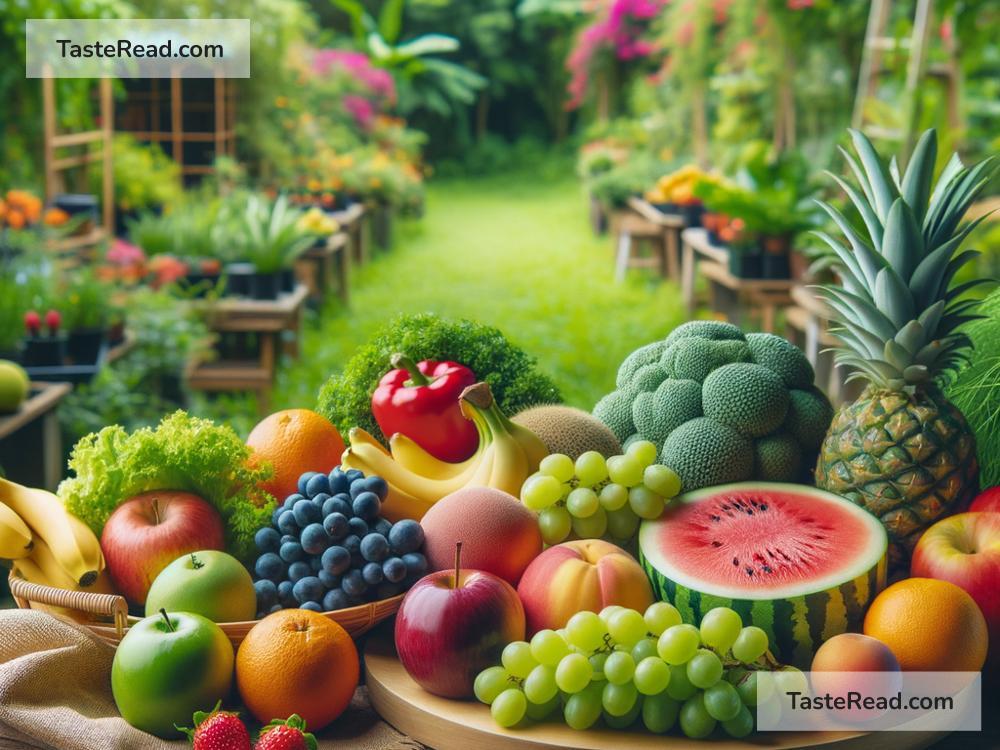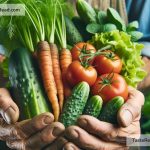Discovering How to Source Regenerative Fruits for Low-Impact Dishes
In our journey toward a more sustainable world, the choices we make in the kitchen play a vital role. Sourcing regenerative fruits is a powerful step you can take to prepare low-impact dishes that don’t just taste good but do good for the planet too. What makes regenerative fruits special is they come from farming practices that restore the health of the soil and ecosystem, instead of depleting them. This means, by choosing these fruits, you’re helping combat climate change and support biodiversity.
So, how do you get started? Let’s break it down into simple steps and tips.
1. Understand What ‘Regenerative’ Means
First up, it’s important to know what “regenerative” means. Unlike conventional farming, which often uses practices harmful to the environment, regenerative agriculture aims to rejuvenate the earth. It involves techniques that improve soil health, increase water retention, and encourage biodiversity. When fruits are grown this way, they not only absorb more nutrients (making them tastier and healthier!) but also help in capturing carbon dioxide, a potent greenhouse gas.
2. Shop Local and Seasonal
One of the easiest ways to start is by choosing local and seasonal fruits. Transporting foods over long distances contributes to a lot of carbon emissions. By buying locally, you cut down this footprint. Seasonal fruits also don’t require as much artificial energy for growth and storage, making them more sustainable. Plus, they’re fresher and packed with flavor!
3. Visit Your Local Farmers’ Market
Farmers’ markets are treasure troves for finding regenerative fruits. Here, you can meet directly with growers and learn about their farming practices. Many small-scale farmers use regenerative methods because they’re invested in nurturing their land. Ask questions, get to know them, and support the ones who prioritize the health of our planet.
4. Look for Certifications But Also Ask Questions
While there isn’t a universal certification for regenerative agriculture yet, some labels can guide you. Look for certifications like USDA Organic, Fair Trade, or Demeter (biodynamic farming). However, since getting certified can be expensive for small farmers, many who practice regenerative farming might not have these labels. That’s why talking to farmers, whether at markets or through CSA (Community Supported Agriculture) programs, is crucial.
5. Join or Start a Community-Supported Agriculture (CSA) Program
Speaking of CSA, joining one is an excellent way to ensure a steady supply of regenerative fruits (and vegetables!). With CSAs, you buy a “share” of produce directly from a local farm for a season. This not just ensures you get the freshest, seasonal produce but also directly supports farmers’ efforts in regenerative practices. If there isn’t a CSA near you, why not start one? Mobilize your community to support a local farmer interested in transitioning towards regenerative methods.
6. Grow Your Own
Lastly, if you have the space and time, growing your own fruits can be incredibly rewarding. It gives you complete control over the practices used and can be a fun way to learn more about where your food comes from. Even small spaces can yield a surprising amount of produce — think balconies with strawberry pots or windowsills with miniature fruit trees.
Tips for Success
- Educate Yourself and Others: The more you know, the better choices you can make. Share your knowledge with others to amplify the impact.
- Be Curious and Flexible: Sometimes, the fruit you want might not be available from regenerative sources. Use it as an opportunity to experiment with different recipes and discover new favorites.
- Plan Your Meals: Planning helps reduce waste and ensures that you make the most of the seasonal produce you have.
Final Thoughts
Embarking on a journey to source regenerative fruits for your dishes is not just an act of cooking. It’s a statement of care — for your health, for the community, and for the planet. It starts with small, conscious choices and grows into a powerful force for change. So, the next time you’re jotting down your grocery list or planning a meal, think regenerative. Happy, sustainable eating!


